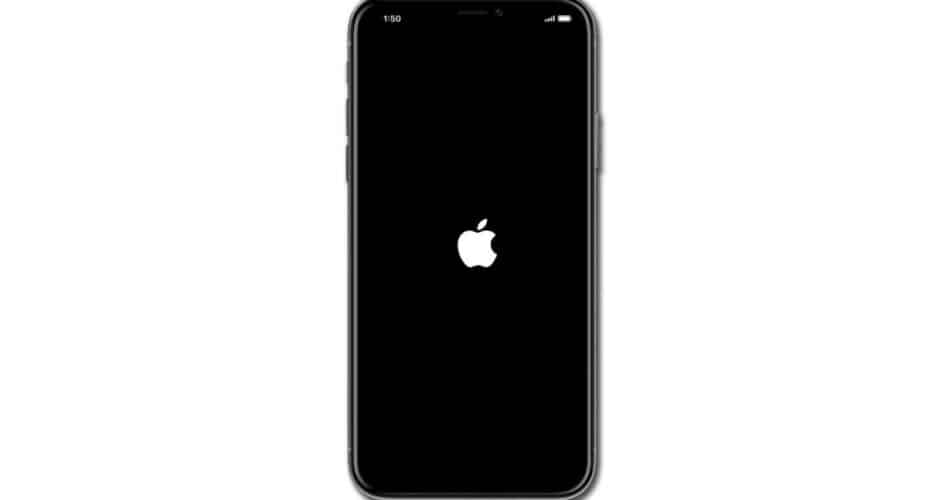Apple’s iOS 18 introduces a groundbreaking security feature called Inactivity Reboot, which automatically reboots iPhones after 72 hours of inactivity. Security researcher Jiska Classen first demonstrated this feature in action, showcasing how an iPhone automatically restarts if left untouched for three days. The reboot places the device in its most secure state, known as Before First Unlock (BFU), where all user data remains encrypted and inaccessible without the passcode.
Initially introduced with a seven-day inactivity timer in iOS 18, the period was shortened to three days in iOS 18.1. This change was quietly implemented, and many users and even law enforcement agencies only discovered it through observation and reports.
When an iPhone restarts, it requires a passcode to unlock, even if biometric methods like Face ID or Touch ID are enabled. This heightened security measure limits the effectiveness of forensic tools like Magnet Graykey, often used by law enforcement or malicious actors to extract data from locked devices. The BFU state ensures encryption keys remain locked in the Secure Enclave Processor, making unauthorized access significantly harder.
Law enforcement officials have expressed frustration over the feature, particularly when handling iPhones stored as evidence. Reports surfaced speculating about potential communication between devices causing these restarts, but investigations confirmed that the reboots occur independently of network connectivity or external triggers. This feature is entirely built into the iPhone’s operating system.
For everyday users, the Inactivity Reboot feature is unlikely to cause disruption, as most people interact with their devices daily. However, if the feature activates, users will need to input their passcode after the reboot—a minor inconvenience compared to the enhanced security it provides.
Inactivity Reboot enhances Apple’s existing security measures, including Stolen Device Protection introduced in iOS 17.3. One of the key vulnerabilities in smartphones, including iPhones, is the ability of thieves to reset or modify critical settings like the Apple ID or passcode. This could allow them to erase or repurpose a stolen device.
To address this, Stolen Device Protection adds a layer of security that delays or blocks access to these settings once a device is reported as stolen. For instance, it requires additional verification or time before a thief can reset the Apple ID or passcode, making the device less valuable for resale or misuse. These safeguards make it significantly harder for unauthorized individuals to unlock or erase the device without the rightful owner’s consent.
Subscribe to our email newsletter to get the latest posts delivered right to your email.

